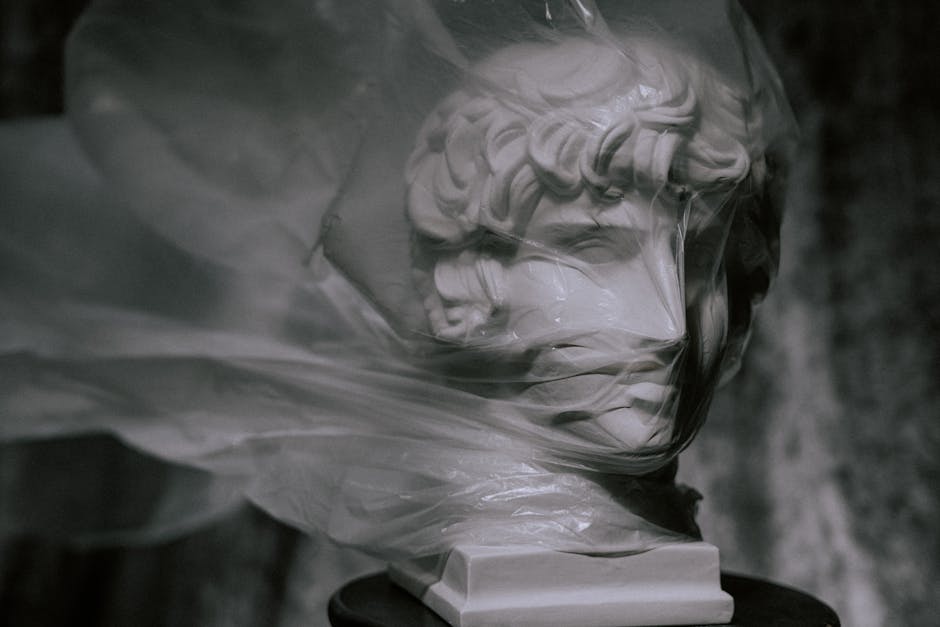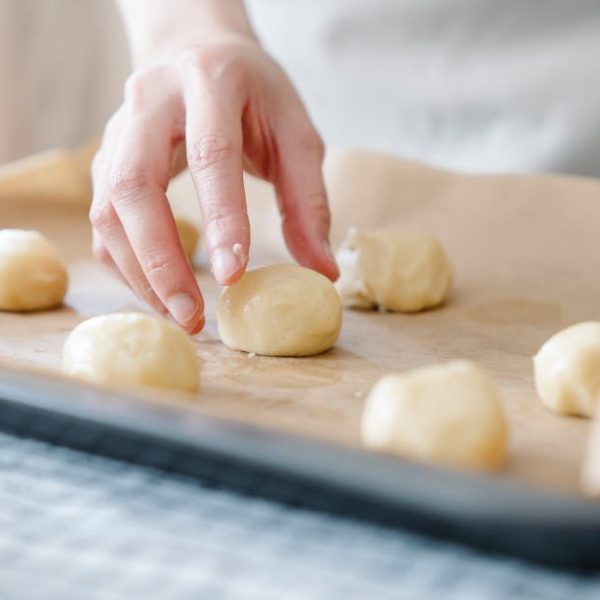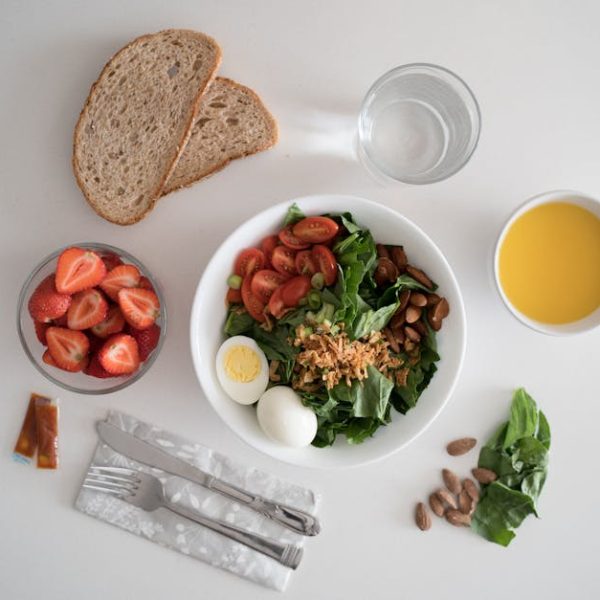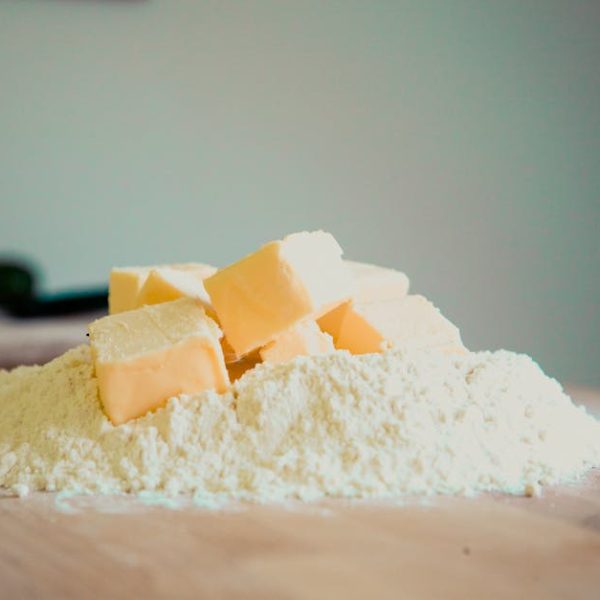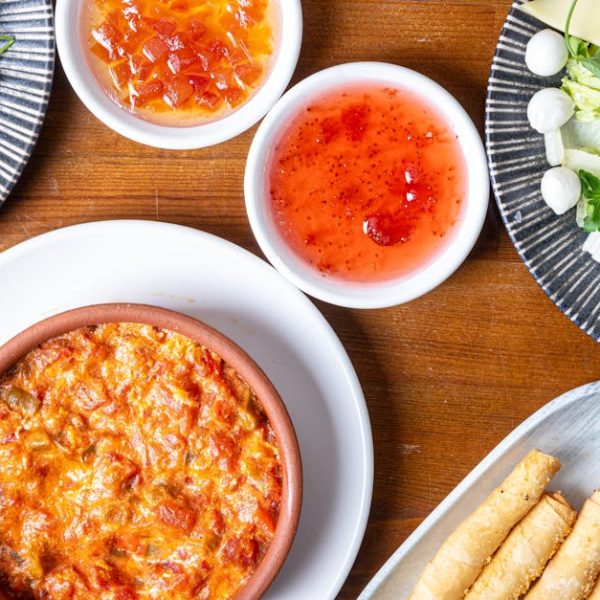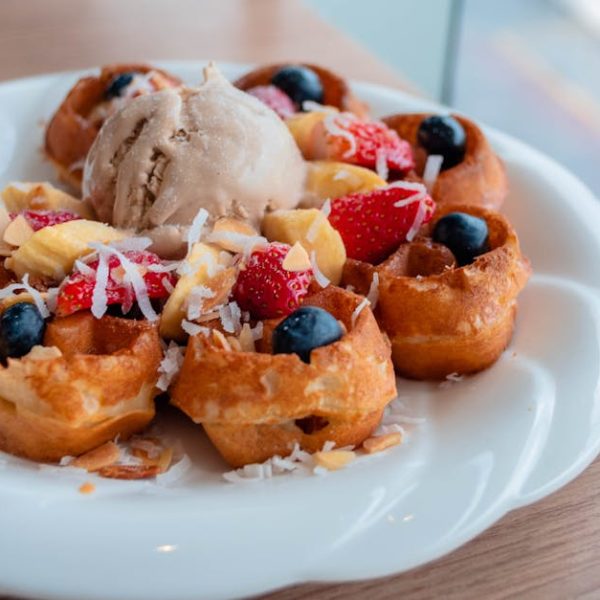Whether you’re an old hand at harvesting your own sweet corn or a city dweller with a newfound passion for farm-fresh produce, understanding the process of preserving corn is a game-changer. It allows you to extend the shelf-life of these golden kernels and enjoy their deliciousness long after their season has passed.
Tip 1: Freshness is Key: Preparing your Corn for Preservation
The moment you pluck an ear of corn off its stalk, it begins to lose its sweetness. Thus, speed is of utmost importance when it comes to preserving corn. Here, we’ll break down the basics:
- Blanch it: Dunk your corn in boiling water for about 3-4 minutes to stop the enzymes that cause it to lose its flavor over time.
- Cool it: Transfer immediately into ice-cold water to stop the cooking process.
- Cut it: Using a sharp knife, cut off the kernels as close to the cob as possible without actually cutting into the cob. This way, you save as much of the flavorful ‘milk’ that is housed within each kernel, contributing to a creamier, more flavorful end product.
Tip 2: Traditional Method: Canning Corn for Preservation
Canning is a method as old as time, and for good reason. It’s reliable, doesn’t require electricity, and the canned goods can last for years without losing their freshness. Here’s what you need to know:
- The Basics: You’ll need jars, lids, a pressure canner, and of course, fresh corn, usually about 4-5 ears per pint jar.
- Cleaning is Crucial: Start by washing your jars and lids in hot, soapy water, then keep them hot until you’re ready to use them. This helps to kill off any potential bacteria.
- The Process: Raw pack your husked, silked, and blanched corn into the hot jars, leaving about 1 inch of space at the top, then add boiling water, again leaving about 1 inch of space. Attach the lids and process in a pressure canner for about 55 minutes at 10 pounds of pressure.
Stay tuned for the next part of our Kernel of Wisdom Guide where we’ll uncover more unique ways of preserving corn!
Tip 3: Preserve Corn by Freezing: A Modern Method
Freezing is a contemporary way to keep corn fresh longer without losing its sweet, delicious flavor. Smart and easy, it’s perfect for those who have a good freezer space. Here are some helpful pointers:
- Blanch before Freeze: As discussed, blanch your corn for about 3-4 minutes. This kills the enzymes and bacteria that can cause your corn to spoil.
- Cool it down: Transfer the corn cobs into an ice-cold bath to halt the cooking process.
- Cut the Kernels: Use a sharp knife to slice off the kernels without cutting into the cobs.
- Pack it Tight: Pack your kernels into airtight bags. Be mindful to leave a little empty space at the top of each bag for expansion during freezing.
- Pro Tip: Using a straw, suck out the remaining air in the bag before sealing it. This old trick minimizes freezer burn and helps maintain the quality and taste of your corn.
Tip 4: Drying Corn for Preservation: An Old School Method
Drying corn is an old-fashioned technique used by our ancestors and it’s still very effective today. Dried corn can be used in various recipes and rehydrating it is easy. Follow these steps:
- Prepping: Husk your corn, then blanch and cool as previously detailed.
- Dehydrate: Using a dehydrator, spread your corn in a single layer and let it run for 6-8 hours, or until the corn is completely dried and brittle to the touch.
- Store: Transfer your dried corn into airtight containers and store in a dark and cool spot.
- Pro tip: Check the corn periodically during storage. If you spot any sign of mold, toss it out immediately.
Additional Tip: Making Corn Preserves (Jams and Jellies)
Preserving corn can be as creative as cooking. Corn jams and jellies are unusual yet delightful treats that can last a long time. Here’s how to do it:
- Juice your corn: Cut and scrape the kernels from your corn to extract the milk and juice, which will form the base of your jelly.
- Combine: Measure out your corn juice and add it to a pot with equal parts sugar and a bit of lemon for tartness. Stir until sugar completely dissolves.
- Jelly time: Bring your mixture to a rolling boil, then add in your pectin. Stir and let it simmer until it reaches a jelly-like consistency.
- Pro Tips: Remember not to skimp or overdo your pectin. Too little and your jelly won’t set. Too much and it will be too firm. It’s all about achieving that perfect balance.
Bonus Tip: Using Preserved Corn
This is where the real fun begins! Preserved corn is incredibly versatile and can enhance various dishes:
- Cornbread: Mix your preserved corn into your cornbread batter for a moist and delicious twist.
- Soups and chilis: Add some to your favourite soup or chili – it will not only add texture, but also enhance the overall flavor.
- Salsa: Give your salsa a touch of sweetness by tossing in some preserved corn.
- Best Practice: Always taste your preserved corn before adding it into your meals; this helps you adjust seasoning accordingly.
Conclusion: Corns of Action!
Preserving corn is more than just saving your harvest for later; it’s about appreciating this golden kernel’s versatility and discovering new culinary adventures. As we’ve explored, from canning to freezing; from drying to making jelly, each method has its own charm and serves unique ways to savor corn. It’s time for you to dive into your kitchen, and create a jarful of golden goodness that you can enjoy anytime. Happy preserving!
Preserving Corn – A Quick Checklist
1. Choose fresh, quality corn for the best results.
2. Prepare your corn immediately after harvesting to keep its sweetness intact.
3. Decide on a preservation method that suits you: canning, freezing, or drying.
4. Follow the steps accurately for each method for optimal results.
5. Be creative with your preserved corn – try it in different recipes and enjoy!
Remember, corn preserving is not an activity, it’s an art that lets you enjoy your harvest long after its season is over. It’s an adventure, one filled with fun and flavor. With this guide, you’re ready to make the most of your corn harvest. Let the Kernel of Wisdom be your guide in this exciting culinary journey!
Key Takeaway:
- Choosing the right type and quality of corn is essential for successful preservation.
- The freshness of corn is crucial. Preparing methods like blanching and freezing help to maintain it.
- Freezing is a popular modern method of preserving corn, offering benefits such as maintaining color, flavor, and texture.
- Traditional canning of corn is handy for those without a freezer, and requires careful preparations for food safety.
- Corn can be dried for preservation, a method practiced for centuries. Dried corn maintains its quality and can be easily handled.
- Making corn preserves like jams and jellies is an unconventional yet delightful corn preservation method.
- Using the preserved corn across various dishes showcases its versatility and enhances food flavor.
Preserving corn may seem intimidating at first, but with the right knowledge and techniques, it becomes a fulfilling kitchen activity. The process not only extends the usability of the lovely golden kernels but allows you to explore their full culinary potential. Let the wisdom of corn preservation be your guide to a year-round corn feast!
FAQs
Q: How long can preserved corn last?
A: The shelf life of preserved corn depends on the preservation method used. Frozen corn can last up to a year, canned corn for several years, and dried corn indefinitely when stored under the right conditions.
Q: Can I preserve corn without blanching?
A: Yes, corn can be preserved without blanching. However, blanching helps to preserve the corn’s color, flavor, and nutritional value, making it a recommended step for long-term preservation.
Q: Is canned corn as nutritious as fresh corn?
A: Canned corn can retain most of its nutritional value if properly preserved, although some vitamins may degrade during the canning process. But generally speaking, canned corn is a good source of fiber, vitamins, and minerals.
Q: Can I freeze corn while it’s still on the cob?
A: Yes, you can freeze corn on the cob. However, removing the kernels from the cob saves freezer space and makes it easier to incorporate the corn into various dishes later.
Q: What are some common problems I may encounter when preserving corn?
A: Some common issues include mold growth, especially in dried corn, and loss of flavor or texture, often seen in improperly preserved corn. Following the proper steps for each preservation method helps to avoid these problems.
I encourage you to share this comprehensive guide on preserving corn with others and explore more posts on our website for exciting culinary insights and tips.
